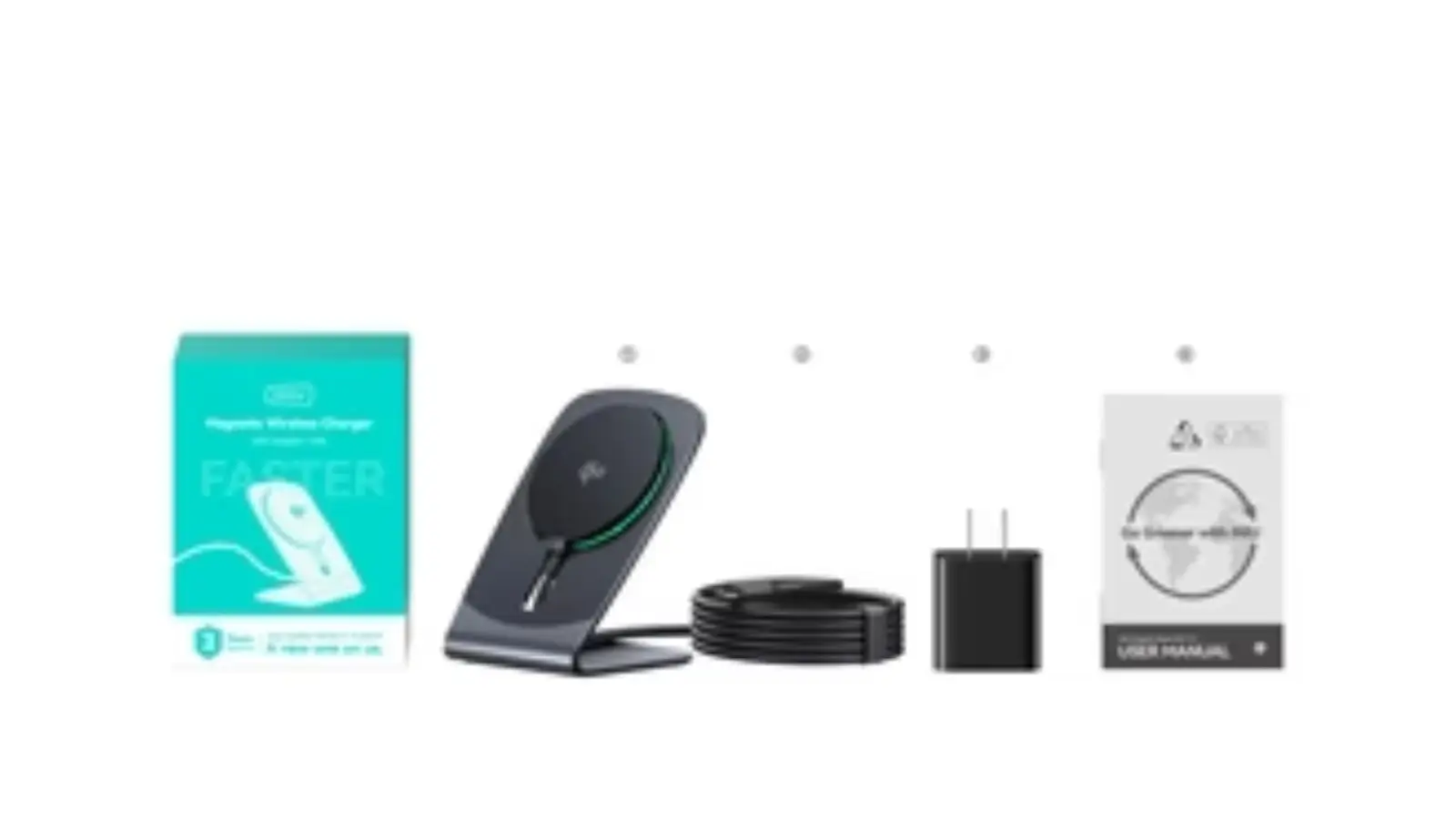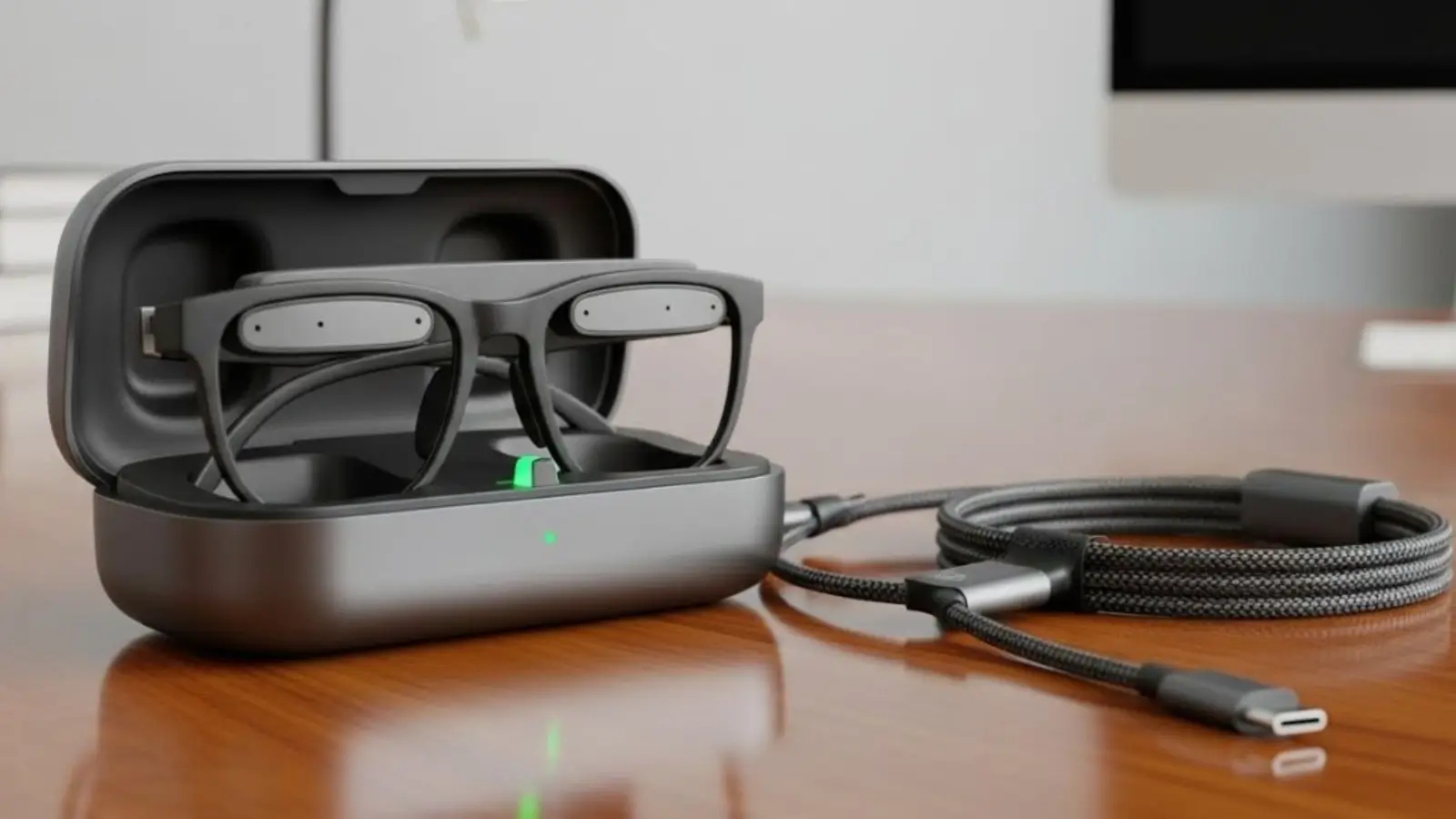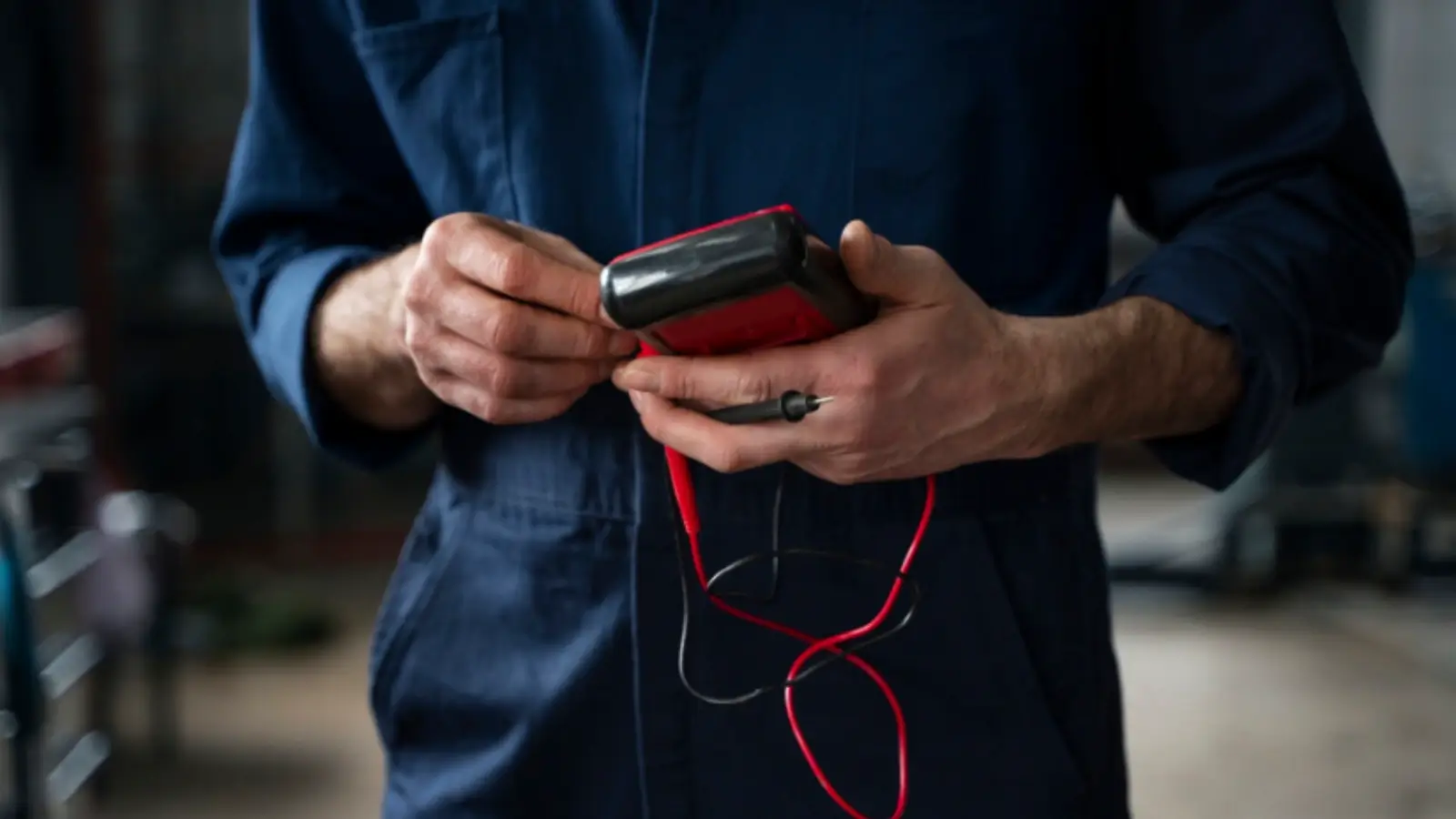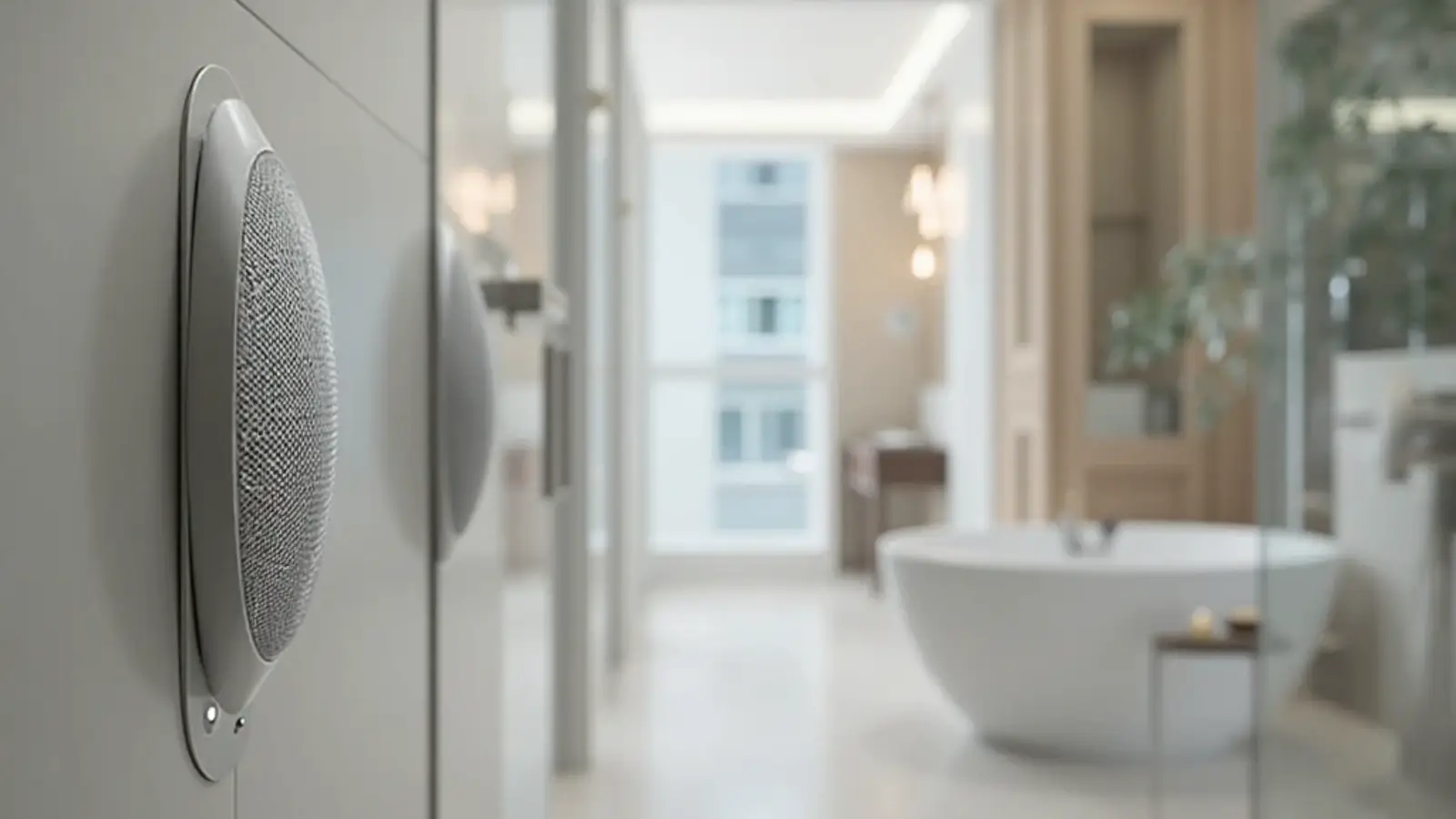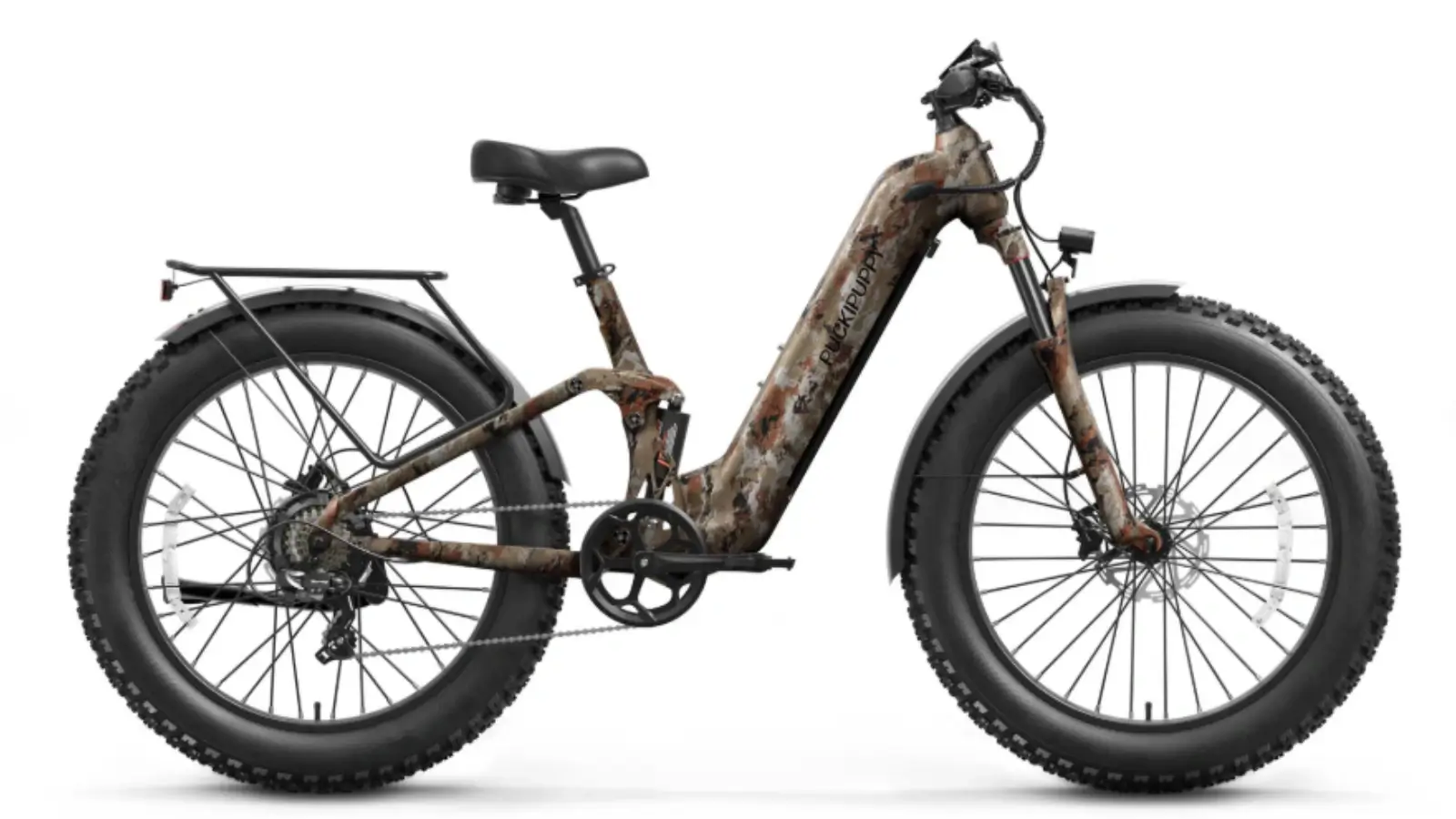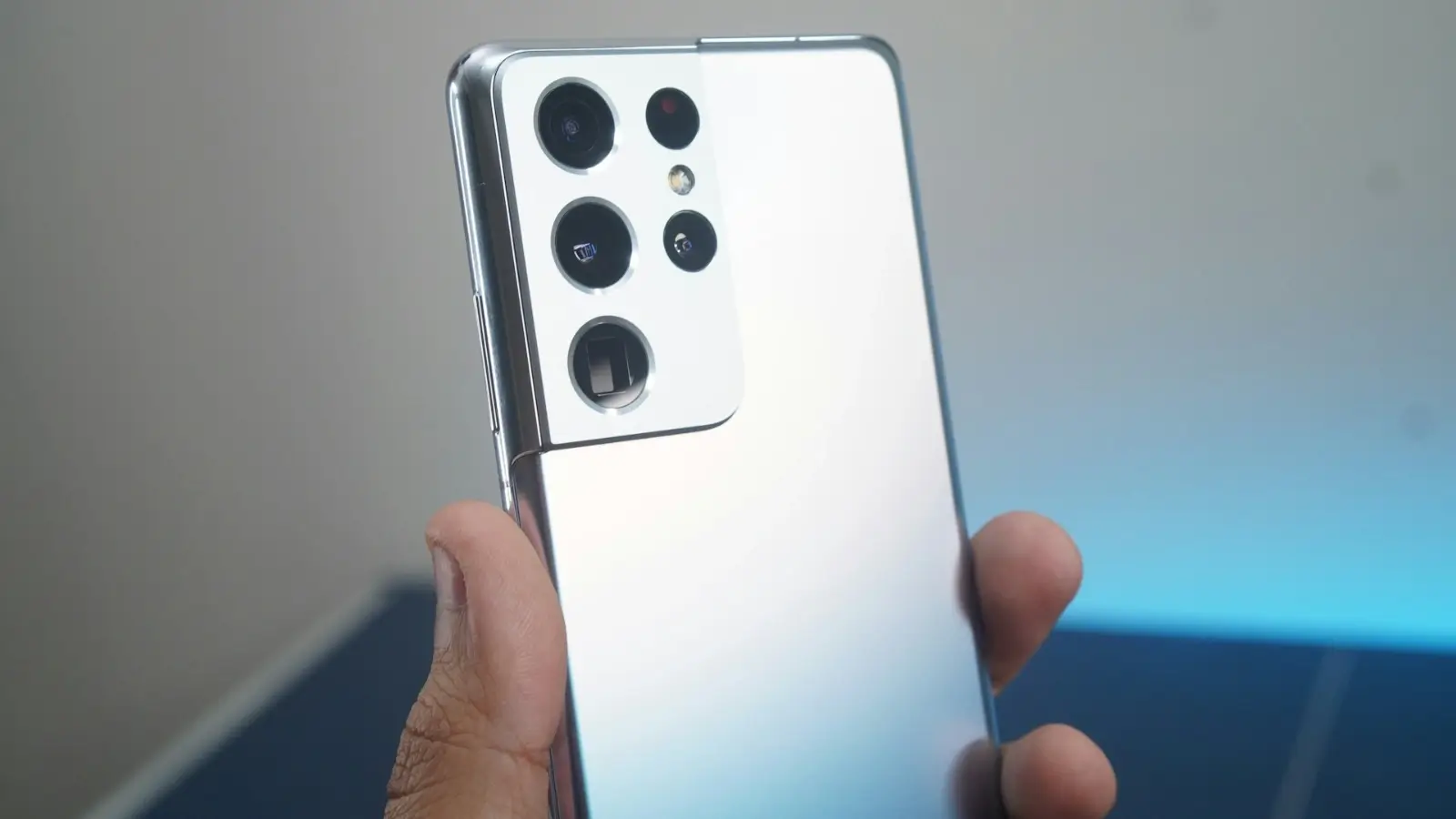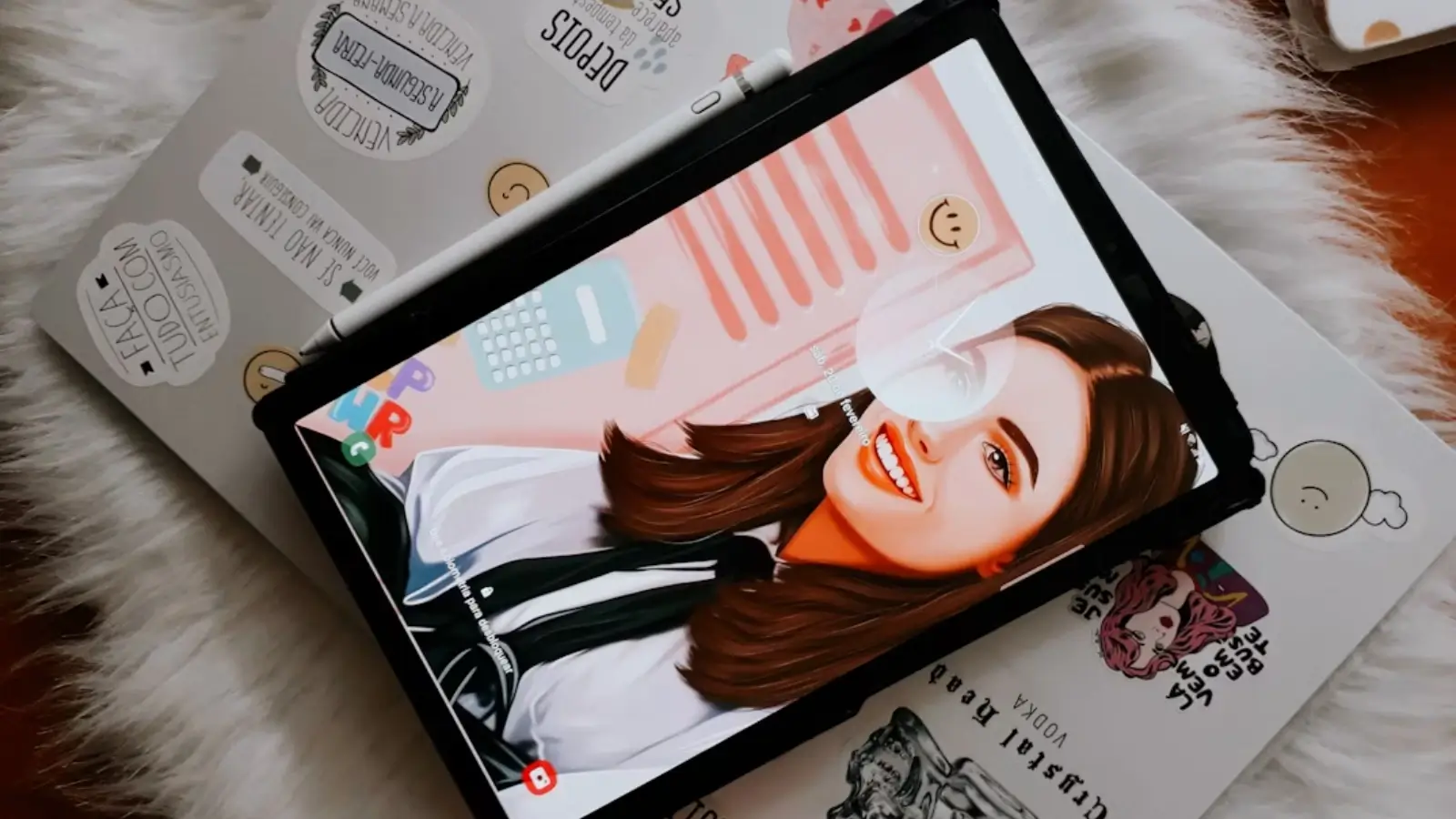In the high-pressure world of elite football, the margin for error is razor-thin. A single offside call or missed handball can shift the momentum of an entire tournament. At the FIFA Club World Cup 2025, a new player has emerged, not on the pitch, but behind the screens. Hisense, the Chinese electronics giant, has taken on a central role by powering the Video Assistant Referee (VAR) room at the International Broadcast Center with its advanced display technology.
VAR’s silent partner
In a tournament defined by speed and split-second decisions, clarity is currency. The VAR system relies on frame-by-frame accuracy, color fidelity, and instant responsiveness. Hisense’s displays, custom-built for this setting, deliver all three.
Inside the IBC, referees aren’t just watching footage; they’re analyzing decisive moments at the edge of perception. Hisense’s ultra-high resolution screens are calibrated to show every angle, every stud of a boot, every possible infraction in razor-sharp detail. It’s not marketing hyperbole. These screens have become the visual bedrock of the game’s most consequential reviews.
That demand for precision mirrors a broader shift in how digital content is consumed, especially on mobile. For instance, a user watching a football match on their phone enjoys seamless interfaces, fast load times, and responsive experiences. In mobile casino gaming, for instance, playing on your phone usually translates to smooth navigation, instant deposits, and easy access to bonuses and withdrawals, all from the palm of your hand.
FIFA’s decision to grant Hisense exclusive branding rights for VAR display systems signals a larger evolution. Technology providers aren’t just supporting sport, they’re shaping how it’s seen and trusted in real time.
Stadium to screen
Hisense hasn’t stopped at the control room. Across the stadiums, its presence is both subtle and striking. Giant jumbotrons beam out crowd prompts and slow-motion replays. LED perimeter boards flash slogans like “HISENSE 100″ TV, GLOBAL No.1” and “#RGB-MiniLED TV,” reinforcing a singular message: the future of viewing isn’t just about content, it’s about the tools we use to experience it.
The campaign is timed with the launch of the brand’s most ambitious home entertainment product yet, the 116-inch UX TV. It’s no coincidence. Hisense is leveraging the global reach of football to debut its technological flagship on the world’s biggest stage.
Inside the 116” UX: Engineering meets art
Size alone doesn’t make a display premium. The UX earns its accolades through innovation. At the core is a breakthrough in RGB-MiniLED technology. Unlike traditional MiniLEDs that rely on a single color source, the UX separates light into red, green, and blue nodes, each with dedicated precision control.
This structure enables an expansive color spectrum, up to 95% of the demanding BT.2020 standard, and a peak brightness of 8,000 nits. The result: an image that captures the nuance of both dark shadows and explosive highlights, from a dimly lit tunnel walk to the sudden flash of a goal under stadium lights.
But Hisense isn’t simply chasing specs. It’s designed for interaction. The “Infinity Vision” display is edge-to-edge, eliminating distractions and inviting viewers to step inside the frame. Paired with the Hi-View AI Engine X, the TV adapts picture and sound in real time. Watching a penalty shootout or a thriller movie, the UX tailors the environment to elevate emotion.
From Paris to your living room
Adding to its layered identity is sound, a category often overlooked in TV design. Here, Hisense took a different path. It turned to the Opéra de Paris, one of Europe’s most storied acoustic institutions, to help tune its 6.2.2 CineStage X Surround system.
The result is more than directional audio. It’s a soundstage sculpted to fill space with clarity and depth. Crowd noise feels alive. Dialogue lands with weight. The roar after a 90th-minute equalizer is no longer flat; it surrounds you.
Not just viewing, owning the moment
For viewers at home, the takeaway is simple: the line between the stadium and the living room is vanishing. Whether through immersive audio, pixel-perfect resolution, or responsive AI optimization, Hisense wants to bring the drama of sport into the home with cinematic weight.
It’s a message that’s resonating loud and clear, not just on the LED boards of a Qatari stadium, but in living rooms from Berlin to Buenos Aires. In a tournament defined by moments, Hisense isn’t just helping fans watch the game. It’s making them feel like part of it.










